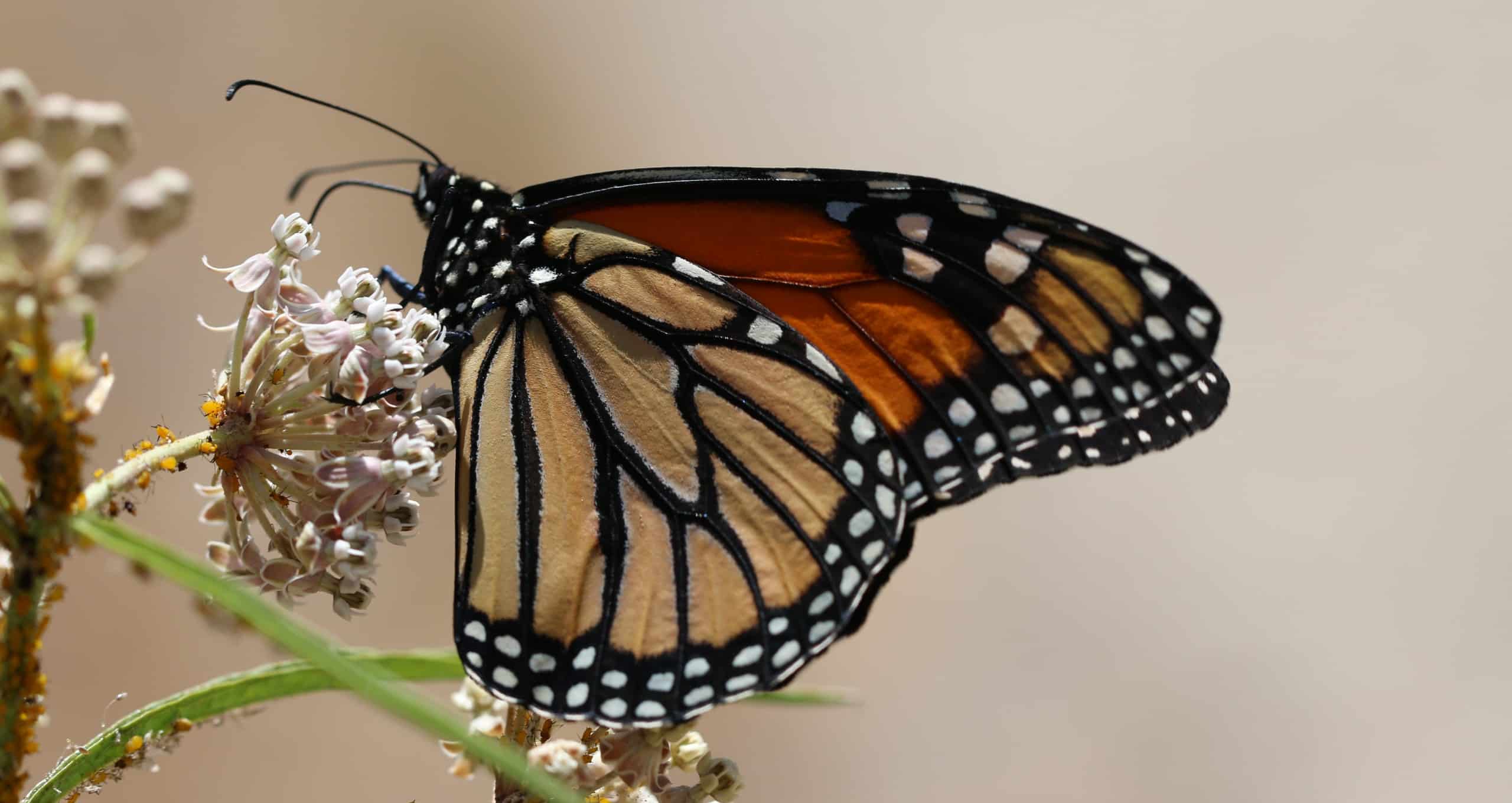Monarch butterflies are some of the most beautiful creatures. Like most people, you have watched them as they flew by or sat near you so you could get a look at their pattern. You might have chased them as a child in hopes of catching one.
If you are fond of butterflies, think they are beautiful, or wonder how they get their patterns, you are not the only one. Scientists are right next to you, trying to find answers to the same questions. In fact, their studies go back over 20 years with tagging more than 1 million monarch butterflies so they could get answers about their behavior, patterns, and migration.
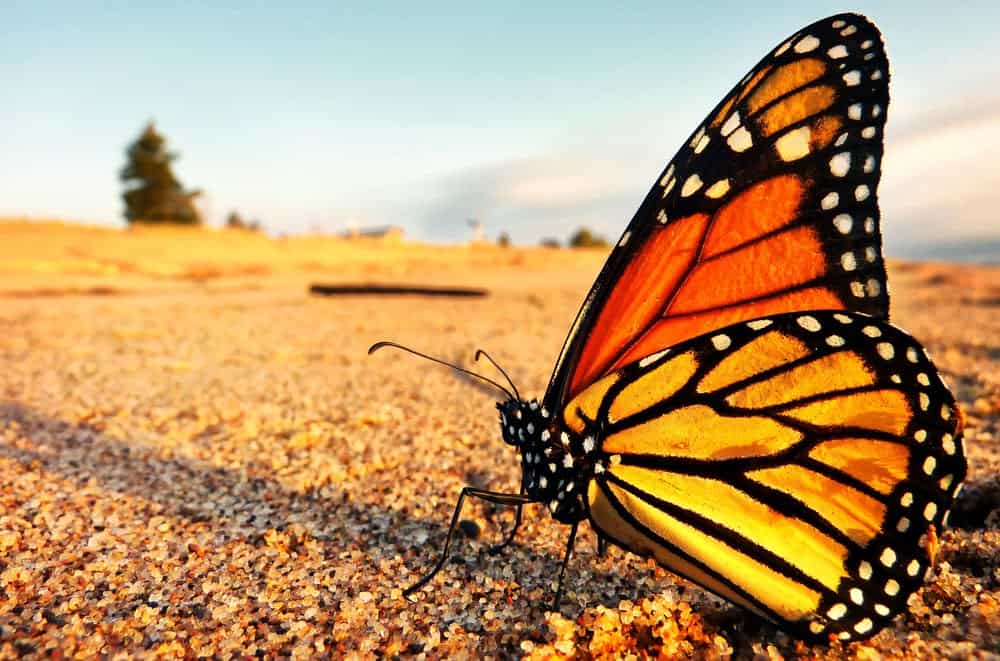
1. Monarch Butterflies Travel Thousands Of Miles During Their Lifespan
You might think that the monarch butterfly stays close to your home, but the truth is they travel about 100 miles on a typical day. Every time you see one, it is more than likely a different butterfly. While they might stay close to one location for the duration of the summer, they will start to travel to the southern states before the weather begins to turn cold in the northern states.
During one migration season, monarch butterflies can travel over 3,000 miles in one direction. The next generation will continue the path of the previous. This means that if one monarch butterfly was heading toward Texas, the next generation would continue this direction.
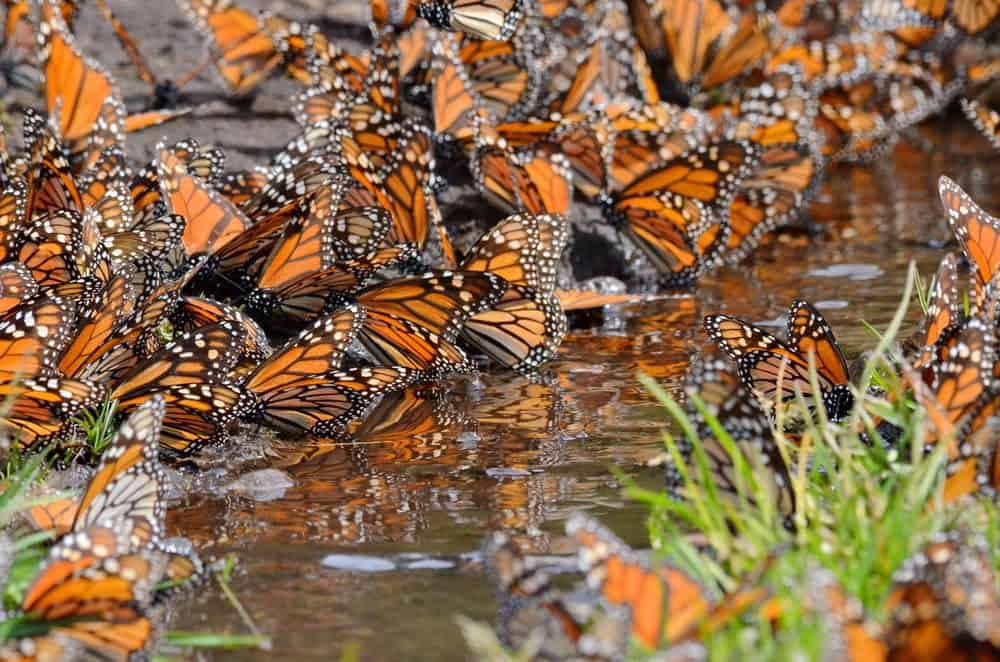
2. Monarch Butterflies Migrate To Other Countries
This might come as a surprise to you, or it’s something that you simply never thought of. But because monarch butterflies travel so far during their lifetime, they have found themselves in other countries. They go throughout North America, and into Canada, and according to the study, some generations made it into Mexico.
Part of this is because the monarch butterflies don’t feel like they have one home to go to. For instance, they don’t have a particular location like some birds do and don’t feel the need to return to a specific state after flying south for the winter. In fact, some continue to travel south, even when the weather turns warmer.
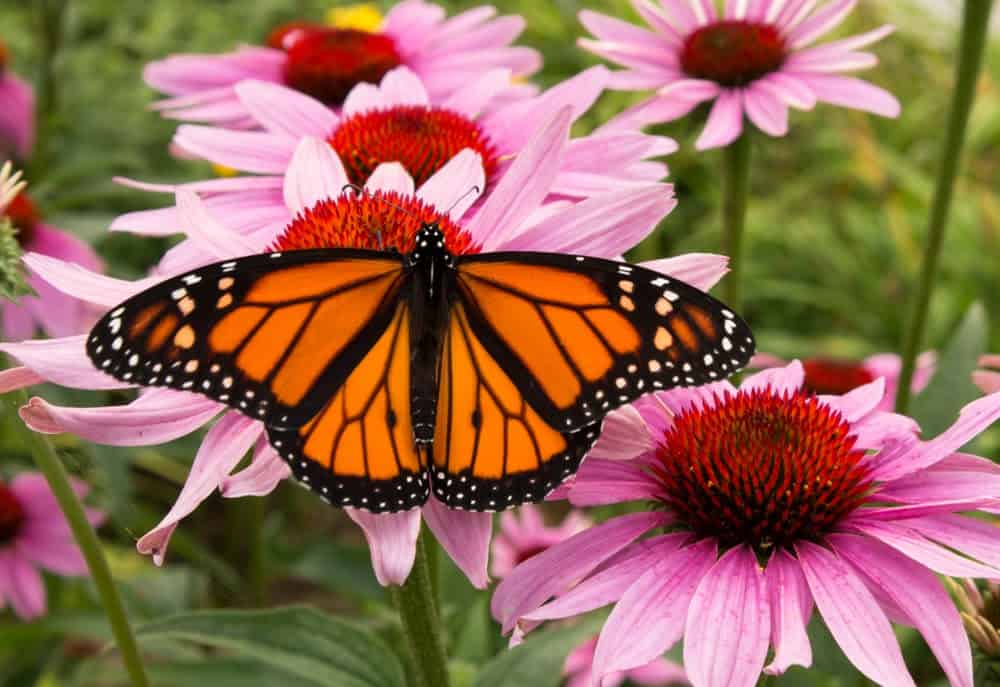
3. Monarch Butterflies Don’t Have Long Lifespans
One fact that you need to understand when you read about the study performed by scientists that focus on monarchs is that they don’t have a long lifespan. Once they hatch, they only live another 2 to 6 weeks.
This means that one monarch butterfly will travel about 1,400 to over 4,000 miles in their lifespan, depending on how long they live. While this means that once you see one butterfly, you will never see the same one again, it also means that they travel a very long distance for their short lifespan.
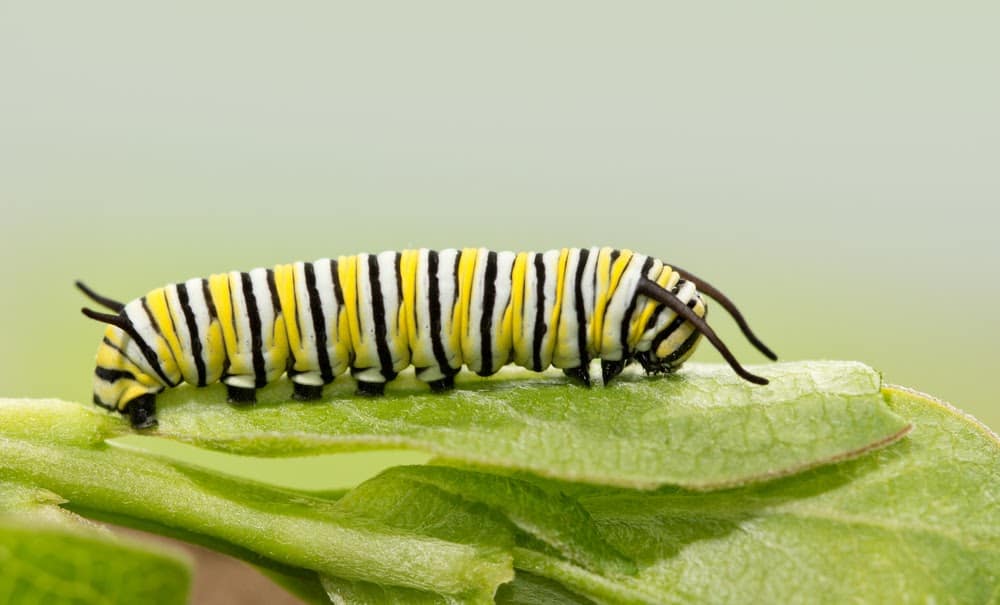
4. How Much A Caterpillar Eats Helps It As A Butterfly During Migrations
One of the most remarkable features of a butterfly is all of the movement it does in one day, and it really doesn’t eat that much. Part of this reason is that they are so busy flying that they don’t stop to eat. Another part is because they eat so much as a caterpillar that they are still using this food for fuel throughout their weeks as a butterfly.
It isn’t that the monarch butterfly doesn’t eat; they do take time to feed. They simply don’t eat as much as they did as a caterpillar. A butterfly’s whole migrational life is spent flying, feeding, and reproducing.

5. Scientists Want To Understand The Life Of Monarch Butterflies Through Their Migration
Scientists want to know everything they can about monarch butterflies so they can teach the world about these beautiful creatures. Because they know that these butterflies spend their life migrating toward the southern United States and into Mexico, they know the best way to get information is by analyzing their migrations. Therefore, researchers tagged more than 1 million monarch butterflies as they started their migratory life.
Of course, the butterflies didn’t receive the tags all at once. Scientists started looking at this study more than 20 years ago. It is because of this study that people know so much about monarch butterflies today.
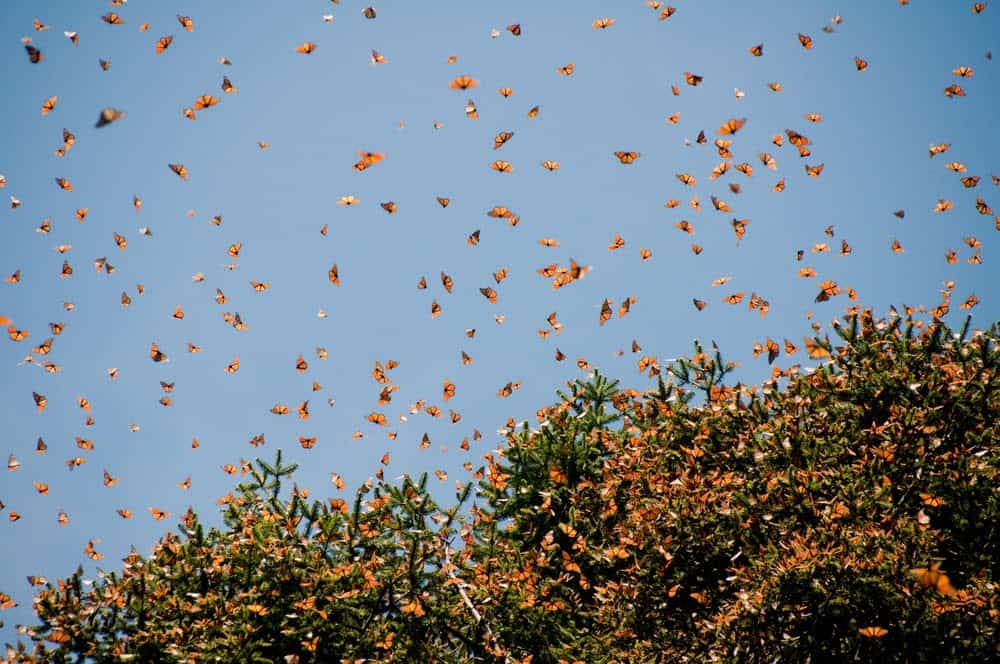
6. Scientists Might Know What Triggers The Monarch’s Migrations
One of the biggest questions the researchers had when they started this study over 20 years ago was, why do the monarch butterflies spend their short life traveling the United States? Scientists wanted to know where they went and what caused them to go in a specific direction.
After years of analysis, researchers finally feel they might have an answer – the angle of the sun. The high noon sun and how it moves closer to the equator guides the monarch in this direction every day.
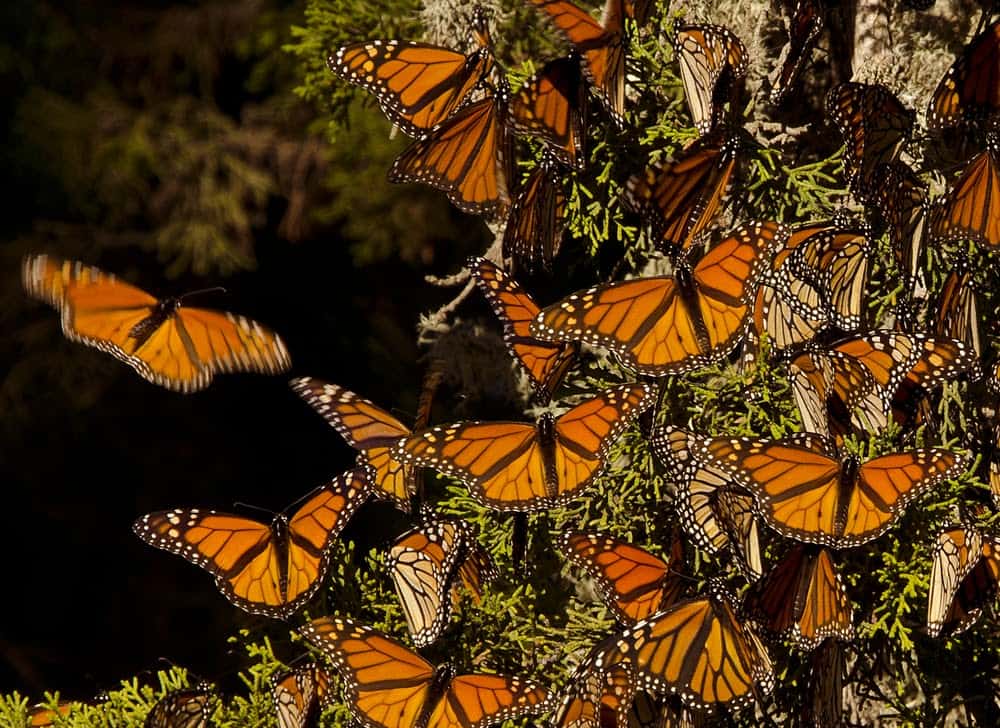
7. The Sun Helps Monarchs Time Their Travels
The angle of the sun is a powerful influence on monarch butterflies. In fact, scientists believe that without it, monarchs wouldn’t know what direction to go and when their fall migration is over. Of course, this isn’t entirely proven yet.
While the study is leading to this fact, evolutionary biologist Noah Whiteman from the University of California, Berkeley states, “a marvel of the natural world is a little closer to being understood.” This means, scientists believe this is a possibility, but they need to conduct more research to support this theory.
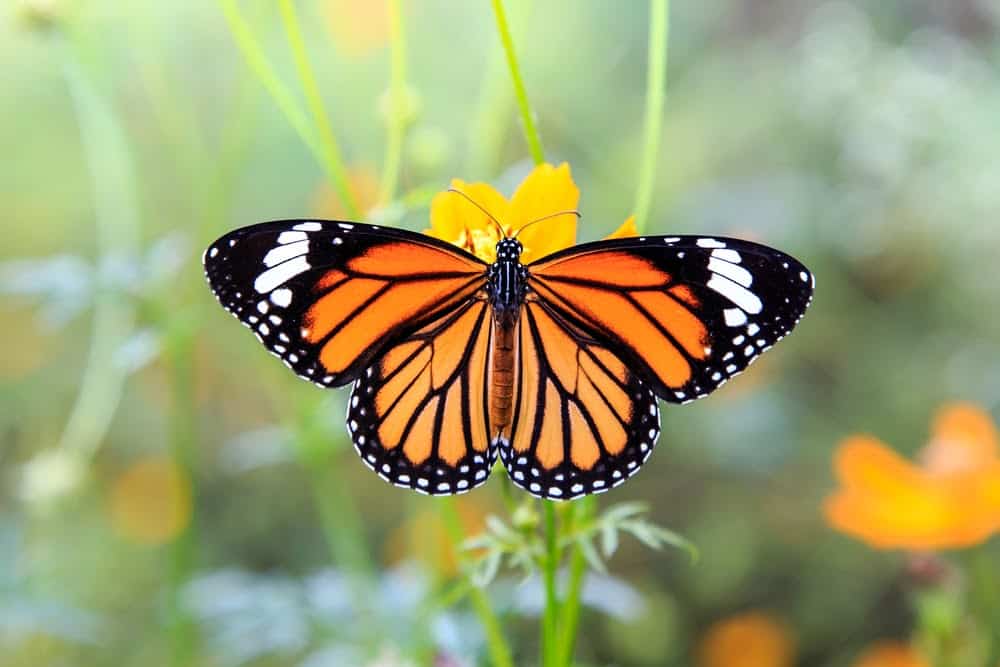
8. Not All Monarch Butterflies Make The Migration
Not every single caterpillar who turns into a monarch butterfly will make the migration. Timing is everything for the insect when it comes to immigration. To migrate, a monarch butterfly needs to go out of its hard casing in the late summer or early fall. Those who are not part of this group are too old to make the migration as they are too close to their end of life.
Once the next migration period rolls around, the monarch butterfly is in its second or third generation before it will migrate again. Most of the migrators in the second year are the great-grandchildren of the first previous year’s butterflies.
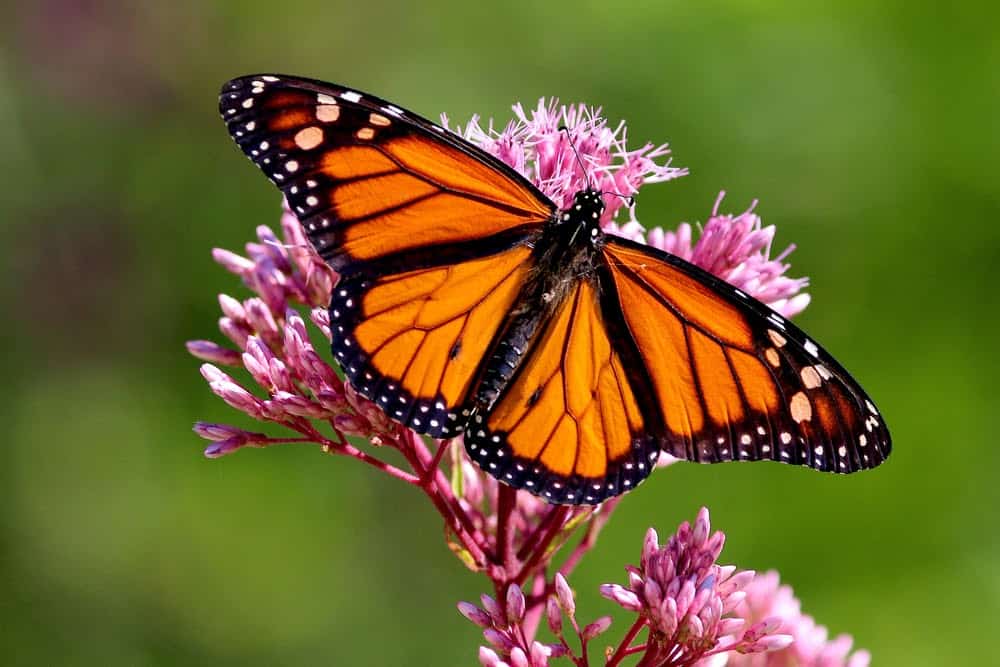
9. A Nonprofit Organization Helps With The Research On Monarch Butterflies
It isn’t just scientists and researchers from prestigious universities that are involved in the study of monarch butterflies. There is also a nonprofit organization called Monarch Watch that is heavily devoted to helping people understand monarch migration and the way of life. In fact, this organization became the group to develop little pink adhesive tags and place them on the butterflies so people could learn more about their behaviors.
A group of volunteers helps place the tags on monarchs that were simply flying through the area. The volunteers wrote down the date and location of each tagging. This took place between 1988 to 2015, and 1.38 million monarchs received the tag.
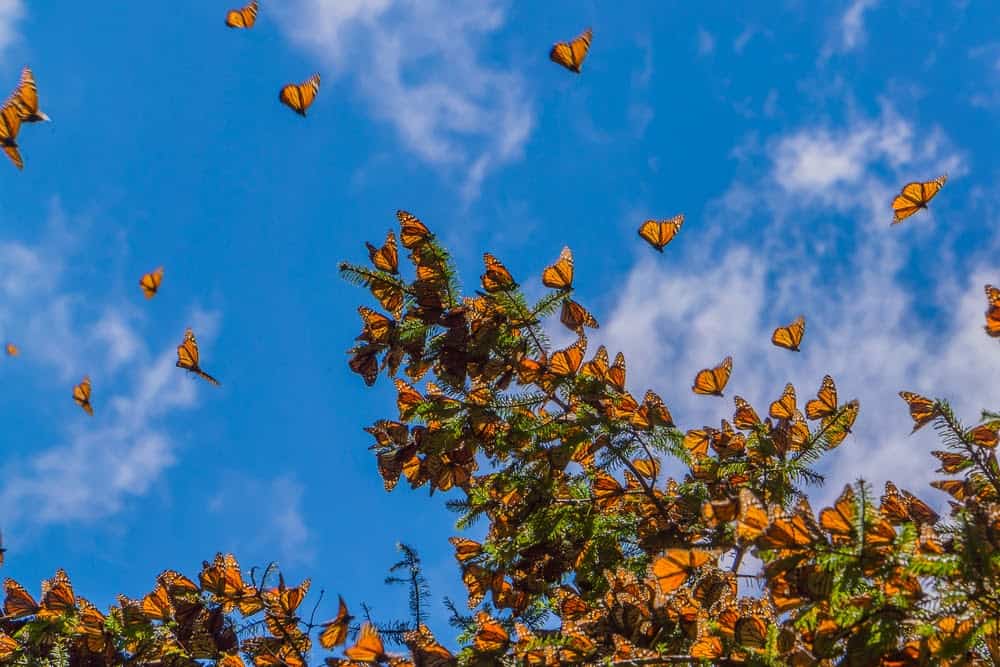
10. The Monarch Watch Started In The Early 1990s
A University of Kansas professor, Orley Taylor, started Monarch Watch in 1992 to help people learn more about butterflies. As an insect ecologist, Taylor always had a special interest in monarch butterflies and wanted to learn more about their migration, specifically how far they could travel.
Taylor worked with many people from his location all the way to Mexico to help him gather information about the migration. Whenever Taylor and his crew tagged a butterfly, they wrote down the information, such as the angle of the sun. The Mexico crew paid attention to the monarchs when they arrived and noted all the ones tagged. About 13,000 butterflies made it to Mexico.

11. By Understanding More About Monarch Migration, Researchers Can Understand How To Conserve The Butterfly
Andrew Davis, an animal migration ecologist at the University of Georgia in Athens, states that Taylor’s study is an excellent piece of the migration puzzle for monarch butterflies because it helps narrow down a window. Researchers need to understand what environmental factors are causing the monarch population to decline.
Through the studies, research can look at various factors, such as weather changes that are causing the decline. Once certain factors are presented as a cause, professionals can work to create a solution, so we don’t lose our beautiful monarch butterflies.
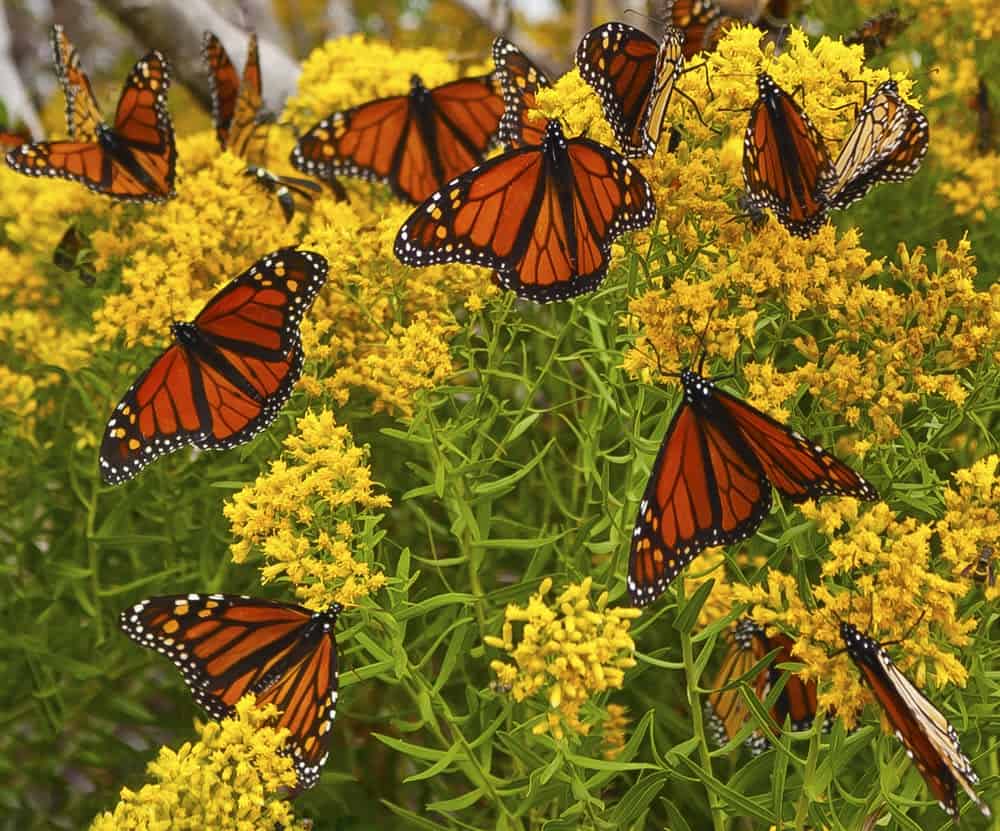
12. Monarch Butterflies Migrate By The Thousands
If you are on the migration path for a monarch butterfly, you might have seen something that many other people do not get to see. Imagine walking out your door and seeing something a bit odd on a tree next to your house. As you walk closer, you start to notice it looks like a butch of bugs. A closer look gives you a clear view of thousands of monarch butterflies taking a break.
Monarch butterflies migrate by the thousands, and they tend to stick together. When they are taking a break, they will stick to tree branches and often take up the whole branch.

13. Studies Prove That Monarch Butterflies Have An Internal Clock
You have heard about an internal clock before, and you know how it works. In fact, you probably wake up around the same time every day, even on weekends when you don’t need to, because of your internal clock. A little over ten years ago, a study proved that monarch butterflies have a similar internal clock. It is located in the antennae and lets them understand the time according to the sun.
Their antennae help them learn how to navigate and where to go along their journey. Without the sun and their antennae, monarch butterflies would become lost on their journey and wouldn’t know when to stop their fall migration.
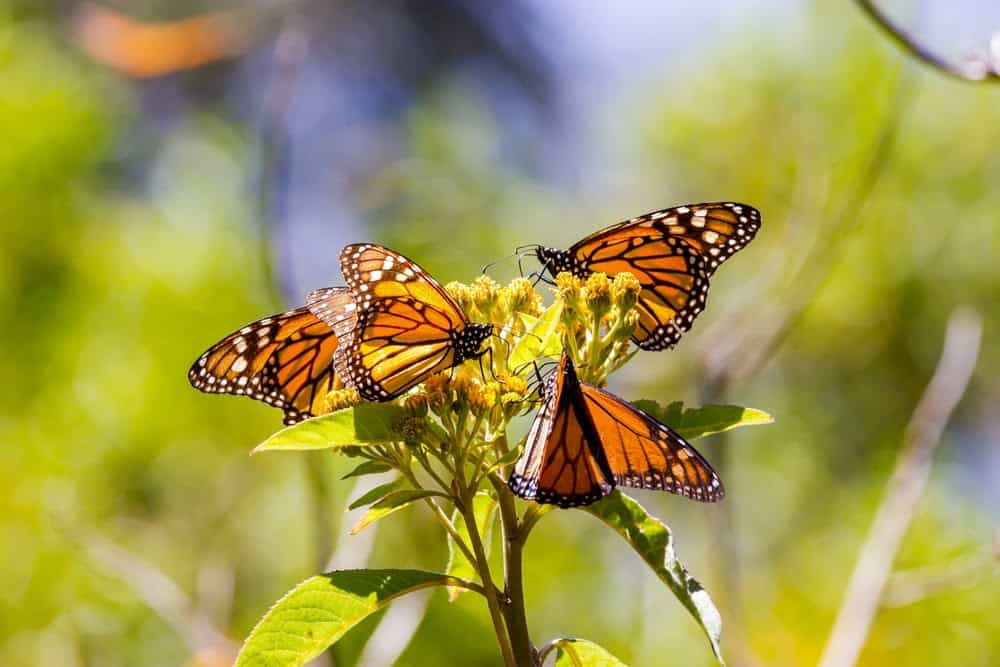
14. Monarchs Cause Themselves To Become Poisonous
One of the most exciting facts about monarch butterflies is that they are not poisonous by birth. They create a poison inside of their bodies because of all the milkweed they eat throughout their lives. They tend to eat most of this milkweed before their butterfly stage, but the poison continues to stay in their bodies because they store the milkweed in preparation for their migration.
If predators try to eat them, they will become sick and potentially die. The symptoms of milkweed poison include vomiting and a taste that you never want to taste again.
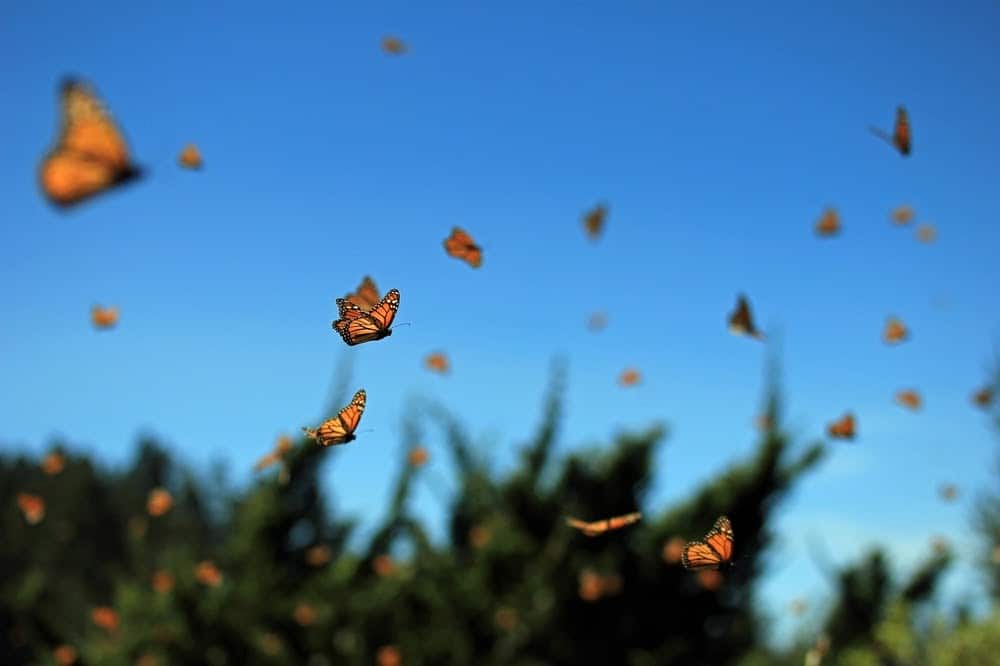
15. When Trying To Escape A Predator, Monarchs Can Fly Fast
It doesn’t matter if it is a larva, caterpillar, or a monarch butterfly; they have a lot to worry about when it comes to predators. One reason for this is that they are small. Another reason is that they don’t tend to fly very fast. Of course, this can change within a second if they feel they are in danger.
Even though the monarch’s colors are a warning to predators that they are poisonous, not all of them take note. The trouble for the monarch is, the predator has to bite them to feel their lousy taste or get any poison. Therefore, the monarch will try everything it can to protect itself, and this includes flapping its wings as fast as 120 times a minute to escape the predator.
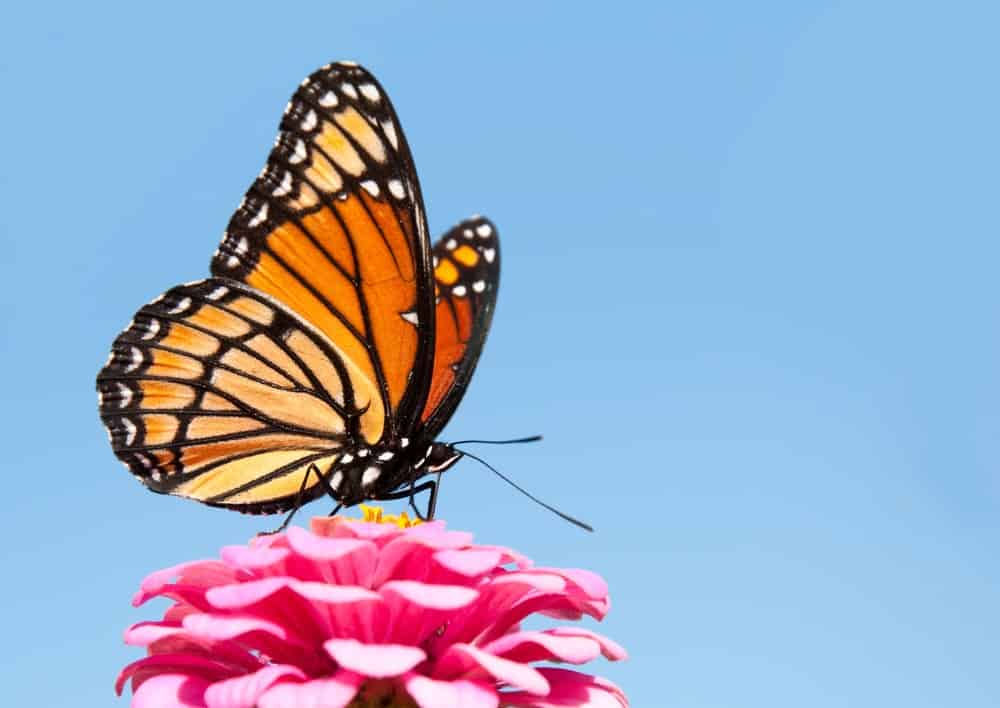
16. Monarch And Birds Are Similar With Their Migration Practices
The same monarch butterfly cannot migrate back and forth like birds because they only live for several weeks. However, the next generations of the butterfly will continue to migrate back and forth to the same locations, just as birds do.
For example, if a group of monarch butterflies stay in Minnesota during the summer and migrate to Mexico for the winter, their next generation will travel back to Minnesota for the following summer. In fact, the butterflies have such powerful instincts that they will go directly to the same trees their parents and grandparents stayed.
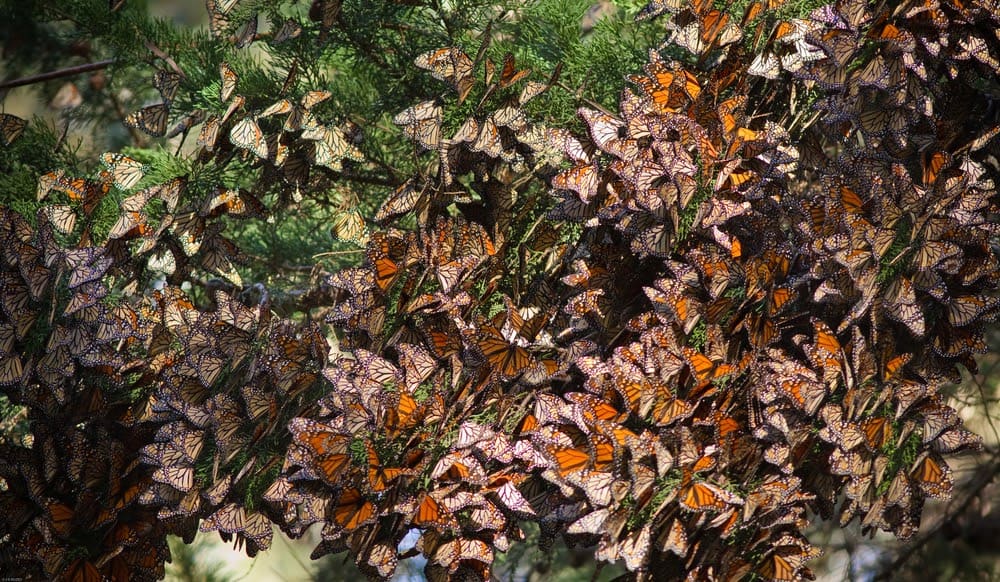
17. Taylor’s Study Add A Piece To The Monarch Butterfly Puzzle
There are a lot of unanswered questions when it comes to monarch butterflies. While scientists continue to study this insect, they continue to answer questions and then ask new questions. On top of this, researchers understand that they need to have more than one study prove their theory as this gives the approach a more solid foundation.
Anurag Agrawal, an ecologist at Cornell University, took note of Taylor’s study and the fact that the number of migrating monarchs is declining. In fact, the numbers dropped dramatically over the last 20 years. This makes people worry that monarch butterflies are disappearing and will eventually reach extinction.
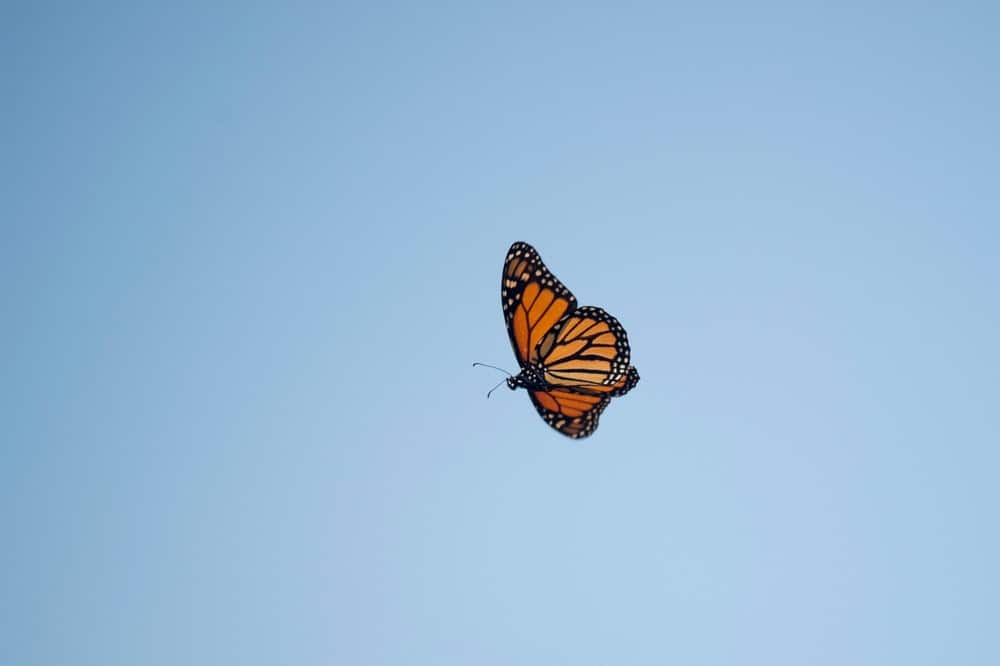
18. Monarchs Have Their Special Locations For When They Migrate
Just like monarch butterflies return to their summer home, they will also return to the same winter home year after year. While these are the next generations, they know directly where to go because of instincts.
Monarch butterflies also fly to certain areas for their winter living. For example, one group of monarchs will travel to the mountainous regions of Mexico. They usually get to their destination in October and will stay until late March, which is when they start heading back to their summer home.
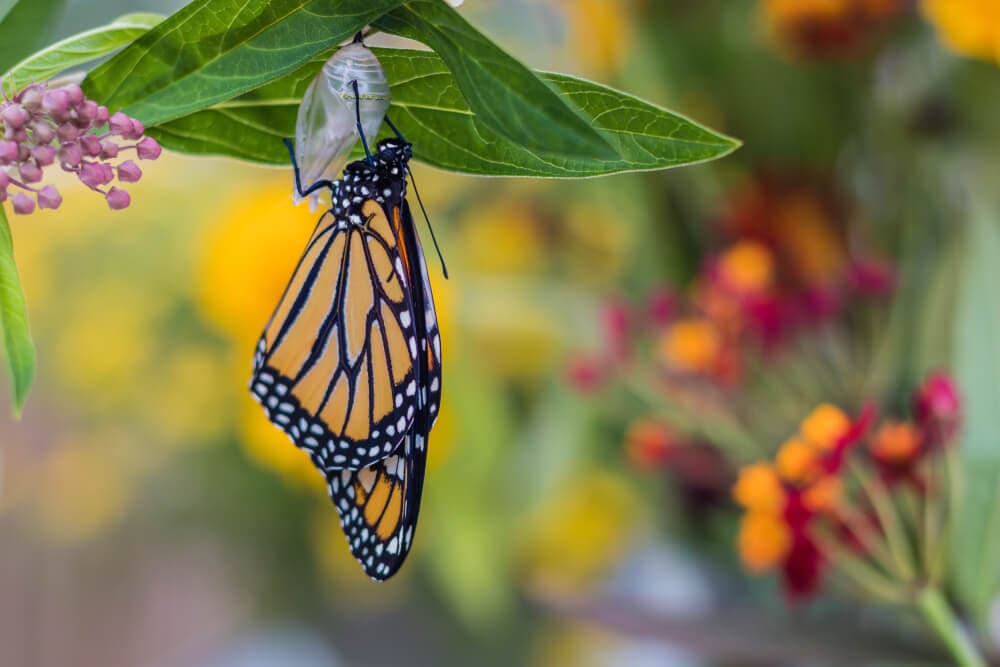
19. Monarch Butterflies Lay Hundreds Of Eggs During Their Lifetime
You know the lifespan of a monarch butterfly averages between 2 to 6 weeks. During this time, they are focused on very few life events. All monarchs focus on migrating. They also focus on finding nutrients so they can continue their journey. However, female monarch butterflies have another factor they need to focus on, and this is laying eggs.
Most people are surprised to learn those monarch females lay anywhere between 300 to 500 eggs during the few weeks they are alive. They leave these eggs on milkweed, which the larvae will eat once they hatch. From birth, larvae are on their own and simply know what to do by instinct.
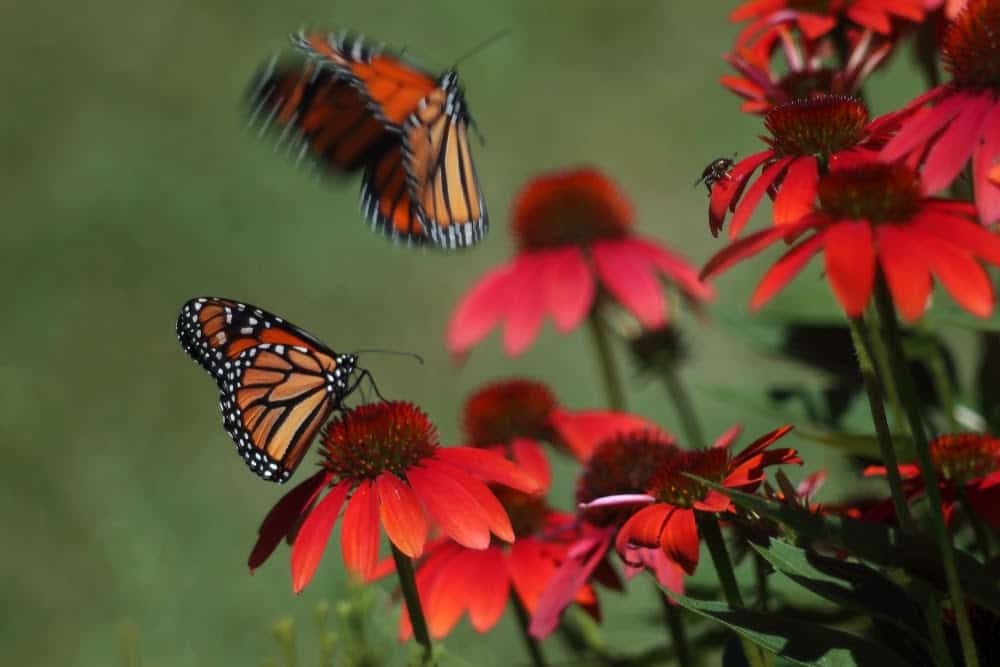
20. Monarchs Cluster Because It Helps Them Stay Warm
Monarch butterflies are not very large. In fact, you can easily miss them because of their small size. People usually notice them if they fly close or if you see their beautiful colors. These butterflies weigh less than a gram, so it is easy for them to get cold. This is one reason why they migrate.
Because monarchs are easily cold, they tend to stick together in clusters, as this will help keep them warm. This is why you can find thousands of monarchs clinging to one tree branch. The closer they are to each other, the warmer they will stay.
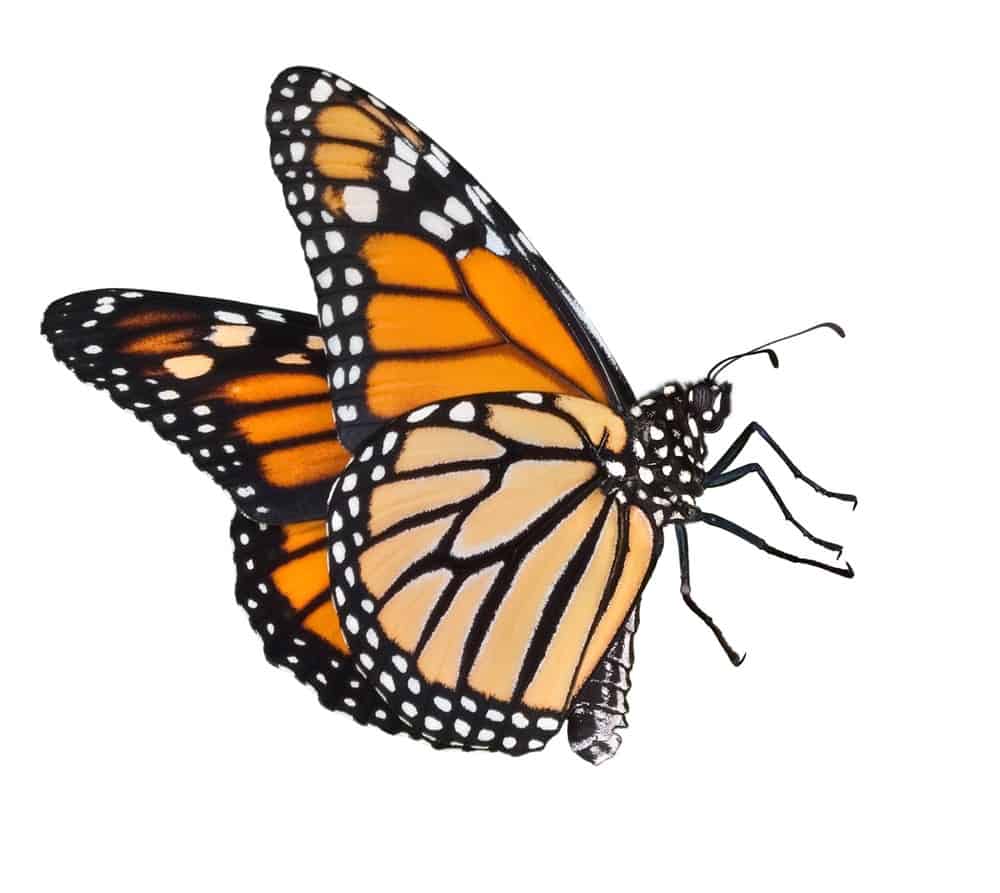
21. One Reason Researchers Are Looking At Monarch Migration Patterns Is Concern For Survival
Even though monarch butterflies reproduce quickly, they also have a short lifespan. In fact, from larvae to the end of life as the butterfly, it is only about 6 to 7 months. They also reproduce throughout their migration time, leaving larvae on different milkweeds along their route.
Unfortunately, this doesn’t mean that the larvae will survive, or there is no threat to survival for monarch butterflies. With the weather changing, scientists are worried about what this will do to them because of their internal clock. Other researchers are concerned because of natural disasters, especially once they reach Mexico.
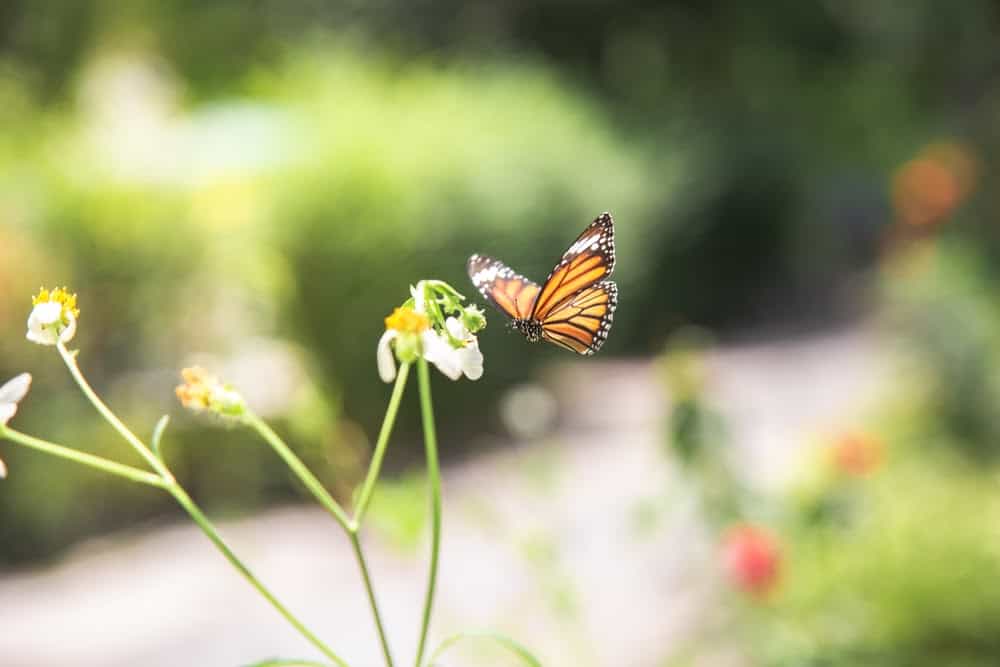
22. Different Groups Of Monarchs Have Different Paths
One monarch group will stick to one path when they are migrating. It doesn’t matter if they are heading north or south; they will always take the same way. The main reason for this is because it is in their instincts.
However, different groups of butterflies will take different paths to the 11 or 12 destinations that they all tend to head to in Mexico for their winter living. There are about 5 to 8 different paths, and they depend upon where the butterfly lives during the winter. It is important to note that butterflies will not follow the same route south that they take north.
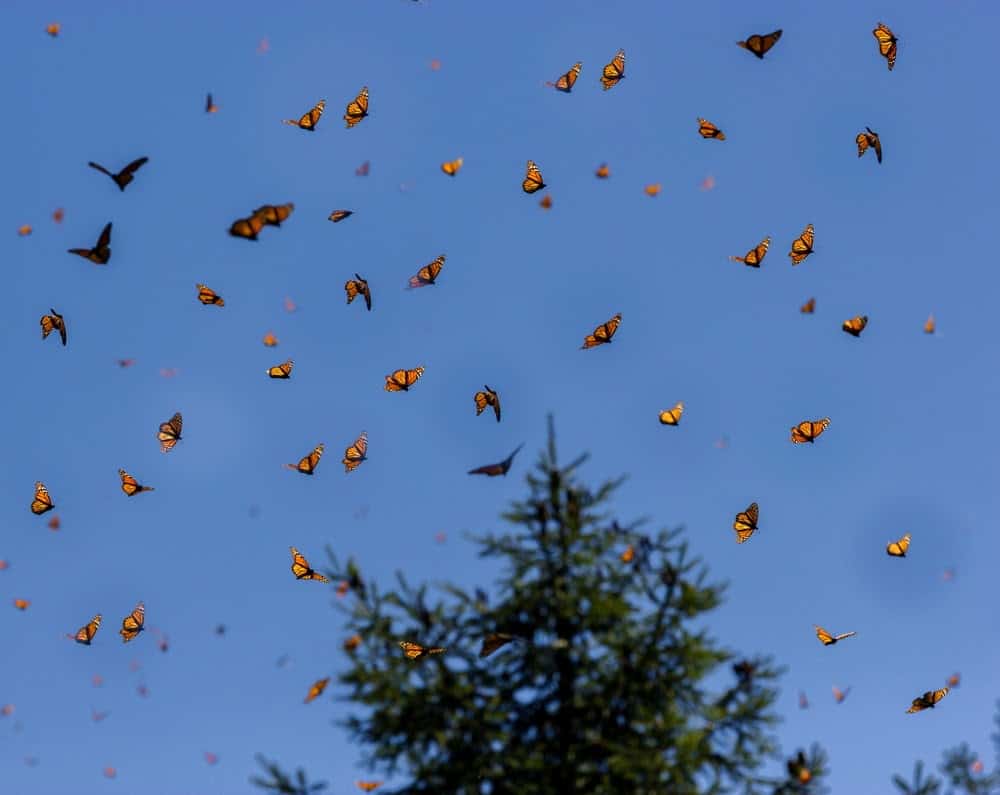
23. Monarch Butterflies Can Fly Higher Than People Imagine
Usually, when you see a butterfly, it is close to you. You might see one flapping its wings in front of you or resting around the ground. Because monarch butterflies are rather small, people don’t tend to see them like birds when they are flying high above their heads. In fact, you can have a large number of butterflies flying above you and not even realize it!
One reason monarchs fly so high is that it is easier for them to go long distances. While the distance above ground varies, the highest recorded monarch butterfly flight is 11,000 feet. This is about 2 miles above the ground. To put this into a bit of perspective, birds only fly about 500 feet in the air, and hot air balloons usually don’t go higher than 200 feet.
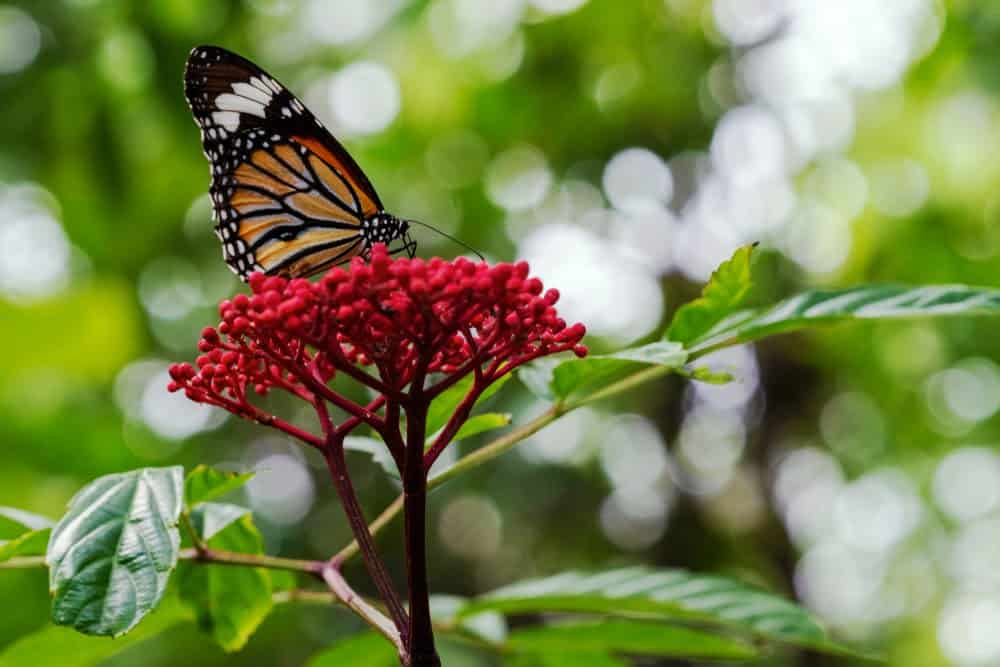
24. Many Scientists Praise Taylor’s Study
Even though Taylor’s study is not the first one to directly look at monarch migration, it is one of the first. This means it is a pioneer study in the field and is opening the door for more studies. Not only are more studies needed to understand monarch migration further, but also why their population continues to decrease.
Andrew Davis, an animal migration ecologist at the University of Georgia, Athens, praised the study by talking about how the researchers put in an incredible amount of effort. He also stated, “It’s great to finally see this data set being used for science.” Like Taylor, Davis hopes the study will help future researchers find answers and increase the monarch population.
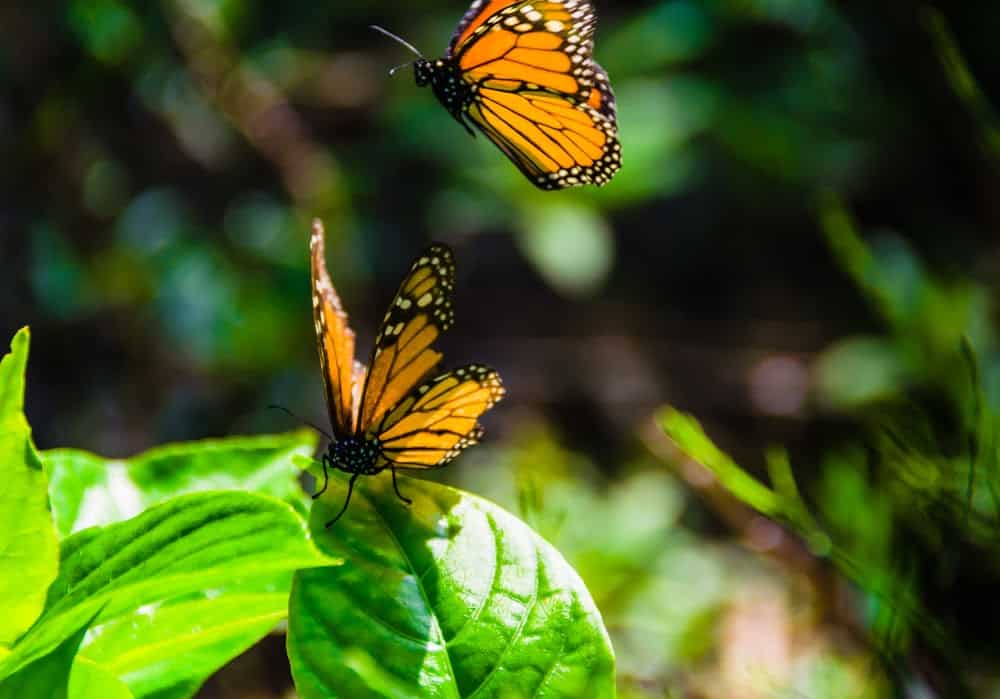
25. Most Monarchs Take Flight When The Sun Is At A Certain Angle
Taylor and his team didn’t raise the butterflies or release them in any way. They found butterflies that were already part of the migration, caught them, and tagged them. They then recorded information during the tagging process, such as the angle of the sun, what direction the butterflies went, the time, and its location.
For the purpose of the study, the researchers assumed that the butterflies recently started their migration before tagging. Therefore, the team noted that the majority of monarchs launch into migration mode when the sun is between 57 and 48 above the horizon at noon.
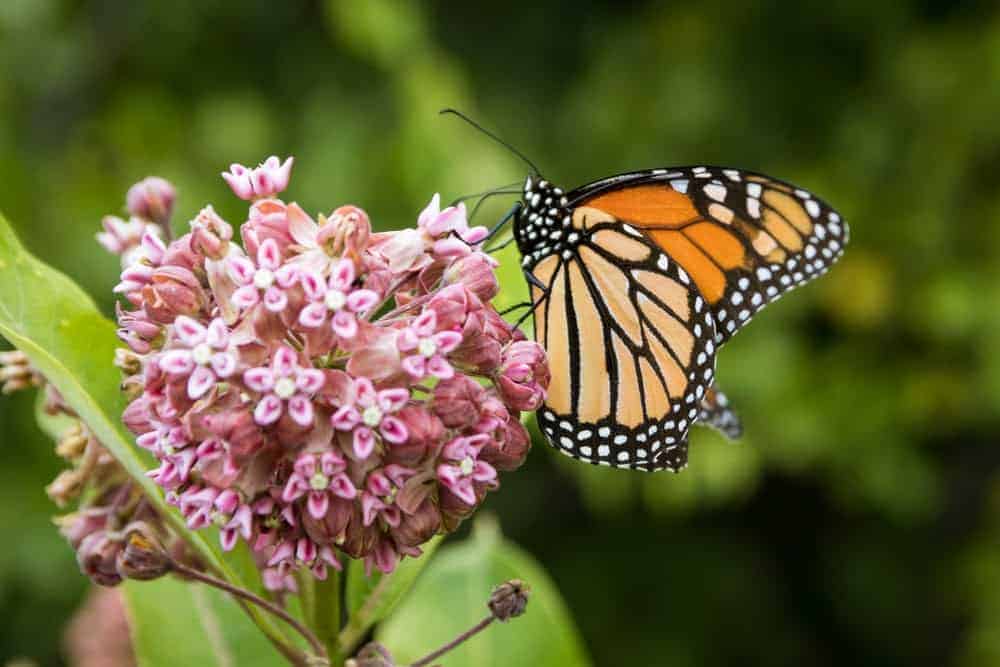
26. The Monarch’s Journey Seems To Continue Based On the Angle Of The Sun
Not only does the monarch start their journey based on the angle of the noon sun, but they continue their journey the same way. While there is no way to tell what hours the monarch’s travel, it is possible to note their starting point by analyzing the tagging process and people who noticed the tags in other locations and when they noticed the tags.
Monarch butterflies seem to have a pattern during their migration that helps them get to their destination at a particular time. With the help of their internal clock and the angle of the sun, monarchs always seem to know when to start and stop for the day.
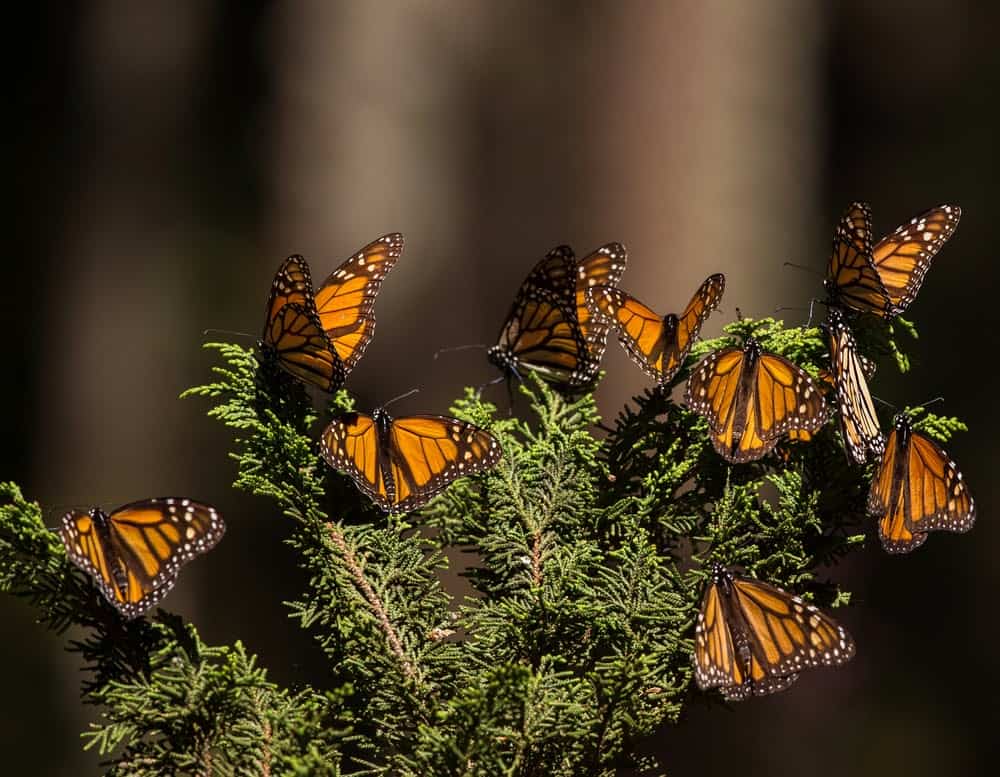
27. Monarchs Will Speed Up In The Middle Of Their Journey
Monarchs don’t just have one speed when they are migrating, they have two. According to the data, when monarchs start their migration, they are going slowly – about 10 ½ miles or 17 kilometers every day. Once they are in the middle of their migrational period, they speed up to about 29 miles or 47 kilometers a day. When they start to reach the end of their migration, they slow back down to about 10 miles every day.
Not only did Taylor’s study show this, but a study completed on monarch butterfly speed also proved this pattern. Taylor believes that the angle of the sun has something to do with the changes in speed, but they have to perform more studies to make this theory conclusive.
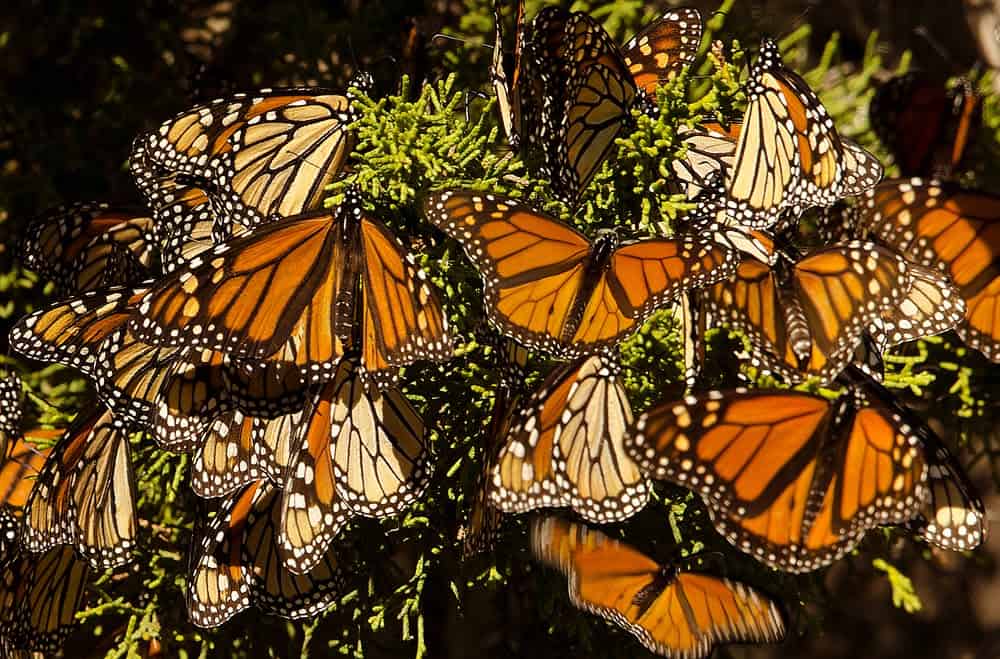
28. The Sooner Monarch Butterflies Start Their Migration, The More Likely They Are To Survive The Trip
Taylor and his colleagues tagged 1.38 million monarch butterflies as they started on their migration. By the time the butterflies reached Mexico, the crew only found about 13,000. Once the Mexico crew collected all the data from the butterflies, they forwarded it to Taylor and his team.
Upon analysis, Taylor discovered that the monarch butterflies that made it to Mexico started earlier in the summer. The monarch butterflies that started later in the fall became less likely to make it to Mexico. What happened to these butterflies is unknown. They could have stopped before they reached Mexico, or they didn’t live to make the whole trip.
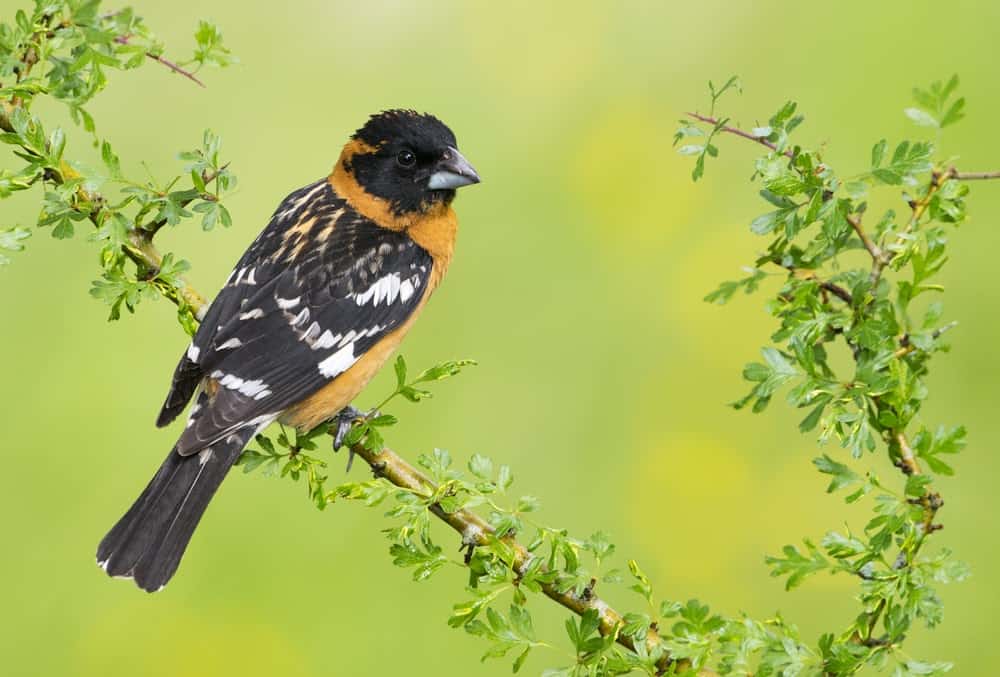
29. The Patterns On The Monarch Butterfly Warns Their Predators
There is a strong reason for the patterns and colors on the monarch butterfly, and this is to warn their predators that they are poisonous creatures and will harm them if eaten. Monarch butterflies tend to have more predators when they are larvae or in the caterpillar stage. This is when their patterns and colors are fundamental as they tell predators, “We do not taste good because we are poisonous.”
Fortunately, there is no fear when it comes to humans. They don’t bite us, and they are not poisonous to us. You probably know this if you have ever held a little caterpillar or monarch butterfly.
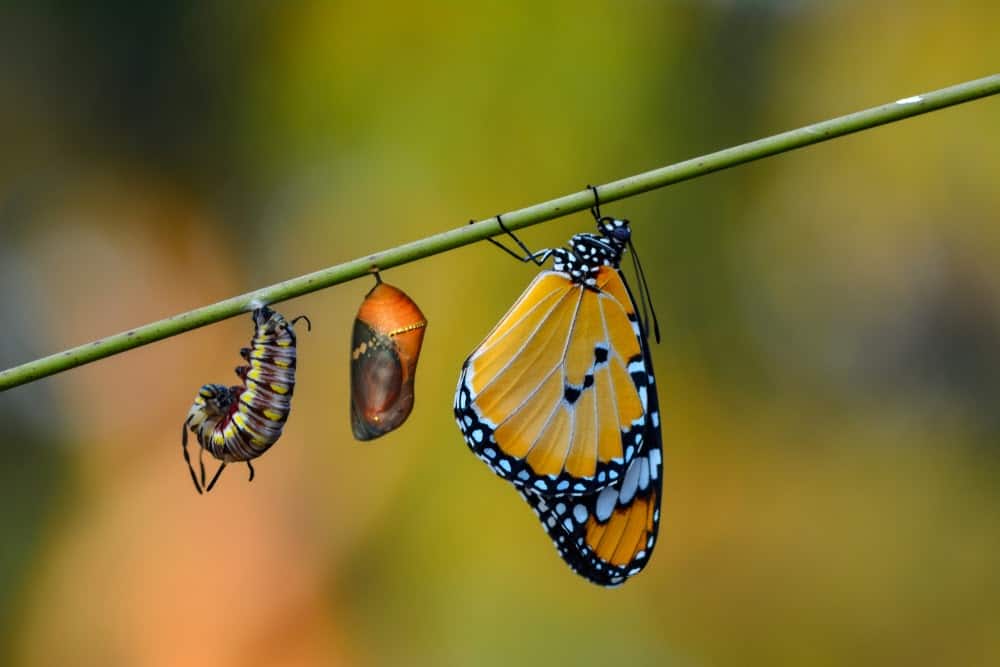
30. The Life Cycle Of A Monarch Butterfly Is Amazing
You know that monarch butterflies are caterpillars before they create a cocoon and grow their beautiful wings, but what many people don’t realize is the other details of their life cycle. When their egg cracks, they enter the world on top of a milkweed plant, which is the most essential food for the larvae.
From the beginning, the larvae will start to eat the milkweed and store it in their bodies for energy during their weeks as a butterfly. But, before they grow wings, the milkweed helps transform them into a colorful caterpillar. After they live a few weeks in caterpillar mode, they create a hard shell. Once they emerge, they are beautiful black, white, and orange adults known as monarch butterflies.

